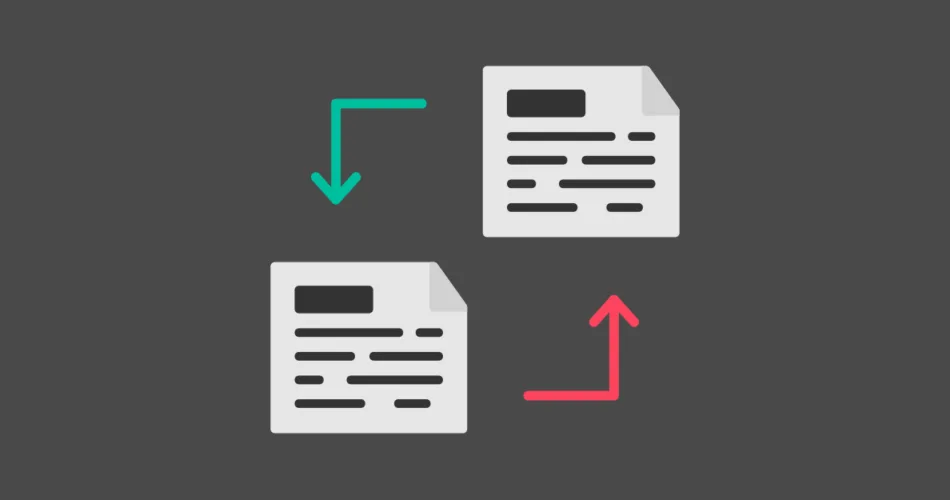Data replication and high availability are critical aspects of database management that ensure data reliability, accessibility, and fault tolerance. In this guide, we’ll explore the concepts of data replication and high availability, along with various techniques and strategies to implement them effectively.
Database Replication Techniques
Database replication involves creating and maintaining duplicate copies (replicas) of a database on separate servers. Replication can serve multiple purposes, including load balancing, disaster recovery, and ensuring high availability.
Here are some common database replication techniques:
- Master-Slave Replication: In this setup, one server (the master) is responsible for accepting write operations, while one or more other servers (the slaves) replicate the data from the master. This approach offloads read operations to the slaves, improving performance and fault tolerance.
- Master-Master Replication: In a master-master setup, multiple servers can accept both read and write operations. This approach provides load balancing and high availability, but it requires careful conflict resolution strategies.
- Multi-Site Replication: For global high availability, data can be replicated across data centers or geographical regions. This approach ensures data availability even in the event of data center failures or disasters.
Let’s look at an example of setting up master-slave replication in MySQL:
# On the Master Server
server-id=1
log-bin=mysql-bin
binlog-do-db=mydatabase
# On the Slave Server
server-id=2
relay-log=mysql-relay-bin
log-slave-updates=1
read-only=1
Ensuring High Availability with Databases
High availability (HA) is the ability of a system to remain operational and accessible even in the face of hardware or software failures. Implementing HA in databases requires redundancy and failover mechanisms.
Here are key strategies for ensuring high availability with databases:
- Clustering: Clustering technologies allow multiple database servers to work together as a single unit. If one server fails, another can take over, ensuring continuous operation.
- Load Balancing: Load balancers distribute client requests evenly among multiple database servers. This approach improves performance and ensures that no single server becomes a bottleneck.
- Automatic Failover: Automatic failover mechanisms detect when a primary server is unavailable and automatically switch to a standby server. This minimizes downtime.
For instance, in a MySQL cluster setup, you can use tools like MySQL Cluster Manager (MCM) to automate failover and ensure high availability:
# MySQL Cluster Manager Configuration
[ndb_mgmd]
hostname=management-node
datadir=/var/lib/mysql-cluster
[ndbd default]
noofreplicas=2
[ndbd]
hostname=data-node-1
datadir=/usr/local/mysql/data
[ndbd]
hostname=data-node-2
datadir=/usr/local/mysql/data
Implementing database replication and ensuring high availability are essential for maintaining data integrity and minimizing downtime in mission-critical applications. These strategies offer fault tolerance and scalability, making them vital components of modern database management.
Subscribe to our email newsletter to get the latest posts delivered right to your email.


Comments